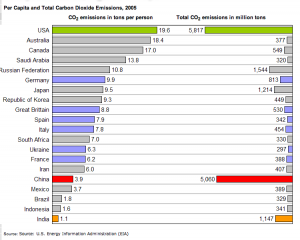 After 2-1/2 weeks in China, it is interesting and striking to return back to Colorado and see in fact how much heavier and more impactful the American lifestyle really is. In the "Sustainable Urbanism"Seminar I am teaching at UC Denver this spring, we are exploring whether Denver can equal Manhattan's per capita footprint: that is reduce it from an average of about 15 per capita to 5. China, although one of the largest TOTAL national emitters, has a per capita footprint under 4 that is 20% lower than that of Manhattan.
After 2-1/2 weeks in China, it is interesting and striking to return back to Colorado and see in fact how much heavier and more impactful the American lifestyle really is. In the "Sustainable Urbanism"Seminar I am teaching at UC Denver this spring, we are exploring whether Denver can equal Manhattan's per capita footprint: that is reduce it from an average of about 15 per capita to 5. China, although one of the largest TOTAL national emitters, has a per capita footprint under 4 that is 20% lower than that of Manhattan.
Although much ink has been spilled about the changes in China: increase in roads, car ownership, suburban style develop traffic congestion, and the importation of disruptive Western models of development - which are all indeed true - after over 2 weeks there, it is also easy to see why the per capita carbon footprint levels are still 20% of those in the United States, the world leader in consumptive lifestyles. The translation from this metric to the experience of city dwellers is striking.
Many little and big things contribute to a less impactful lifestyle. I was in two heavily urbanized environments where in many ways the "Manhattan Phenomenon" rules: that is reliance on transit, smaller apartments, more mixed use, more density, more walkable. But many other aspects also struck me:
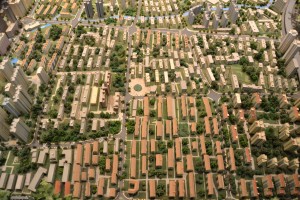
- All the buildings are required by code to face south so that ALL units get at least 2 hours of sunlight on December 21. This can lead to relentless and monotonous rows of parallel housing blocks but it also means that buildings are typically single loaded ( or have multiple stairways) such that all units have access to the south and north for sun and cross ventilation. There are few clothes dryers so that these south walls are also used to dry clothes in the sun. The north is often used for cooking and utility.
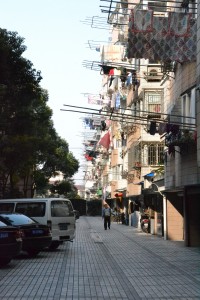
The challenge is to create communities and neighborhoods that do not fall into a relentless pattern but instead have the complexity and diversity and connectedness of real places. The older Shikumen (see earlier post) of Shanghai are one pattern but these are low rise. I saw a very interesting example in Zhujaiojao:
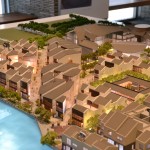
-many lobbies, public spaces, stores, and even private spaces (like the design studios at Southeast University in Nanjing) are not heated. People wear coats and use less energy!
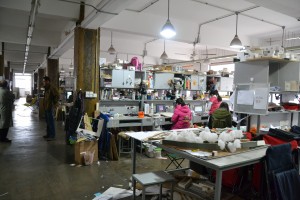
-local food and markets abound. It is easy to walk to a market that sells good, cheap food. And services, and clothes and household items and noodles or dumplings

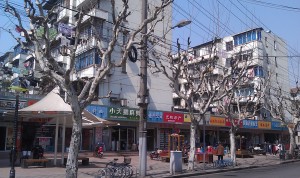
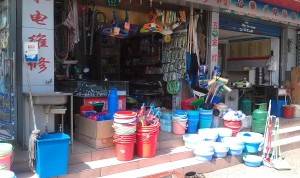
- Despite the increase in car traffic , bikes and electric scooters are ubiquitous. In many areas they are given a separate lane to ensure their safe and efficient movement -just liek Copenhagen. 2 cycle scooters are outlawed so it can be a very quiet scene indeed.
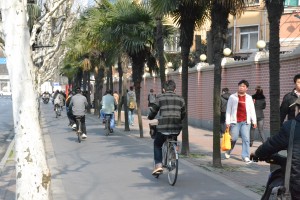
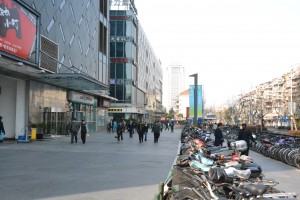
- In Shanghai, car license plates are auctioned with a $10k-30k cost as well as substantial taxes. After you have bought the car! This can discourage driving! Maybe Aurora or Boulder should try this.
So the challenge is for China to continue to modernize as they would like but perhaps they can "leapfrog" the US and not repeat our mistakes but create a more sustainable, livable, healthy, and high density environment with a much lower footprint that we are able to in the US. Many of these elements make the city much more livable: from the bikes, to the markets, to the south facing apartments. They are essential ingredients to bringing quality of life and place into a high density city.
It gave me hope for their cities and even gave me a few things we can emulate and learn from. Start with the bikes lanes! And the markets! and the ...
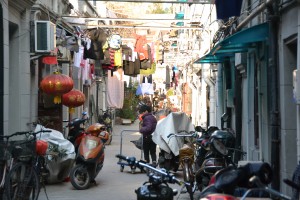


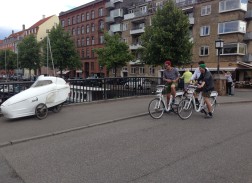
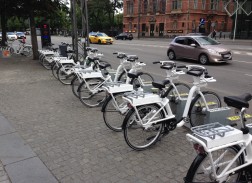
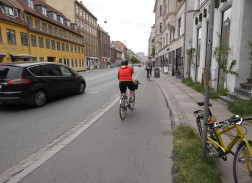

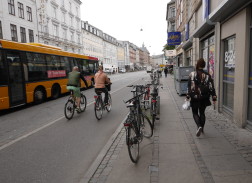
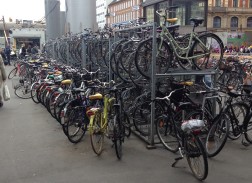
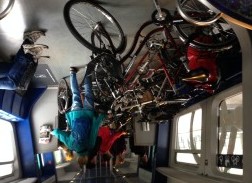



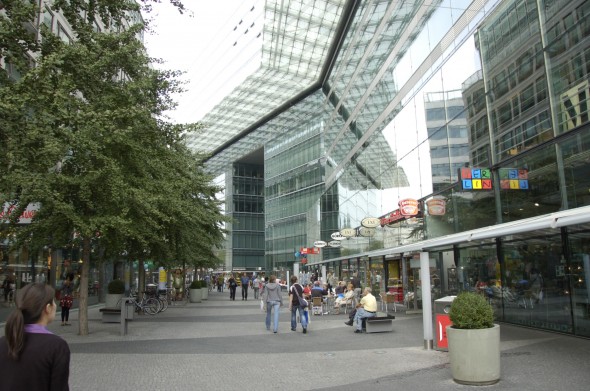











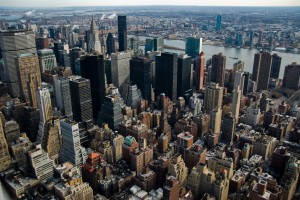
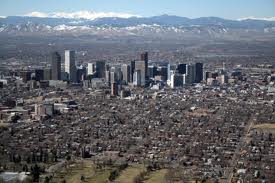
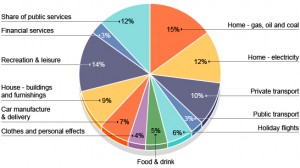 one way to look at a neighborhood. What has been interesting is that there is a)no standard way to do this, b)it only tells part of the story, and c)there are so many unique qualities to a neighborhood that this metric can be mis-leading. But the neighborhood size is interesting since it is the lens through which we best understand our individual experience of the city and is of a scale that we can have an impact that is significant. So we forge ahead ... and try to invent a methodology. One group is developing an actual calculator - add data into a spreadheet and BLAM! a number comes out.
one way to look at a neighborhood. What has been interesting is that there is a)no standard way to do this, b)it only tells part of the story, and c)there are so many unique qualities to a neighborhood that this metric can be mis-leading. But the neighborhood size is interesting since it is the lens through which we best understand our individual experience of the city and is of a scale that we can have an impact that is significant. So we forge ahead ... and try to invent a methodology. One group is developing an actual calculator - add data into a spreadheet and BLAM! a number comes out.